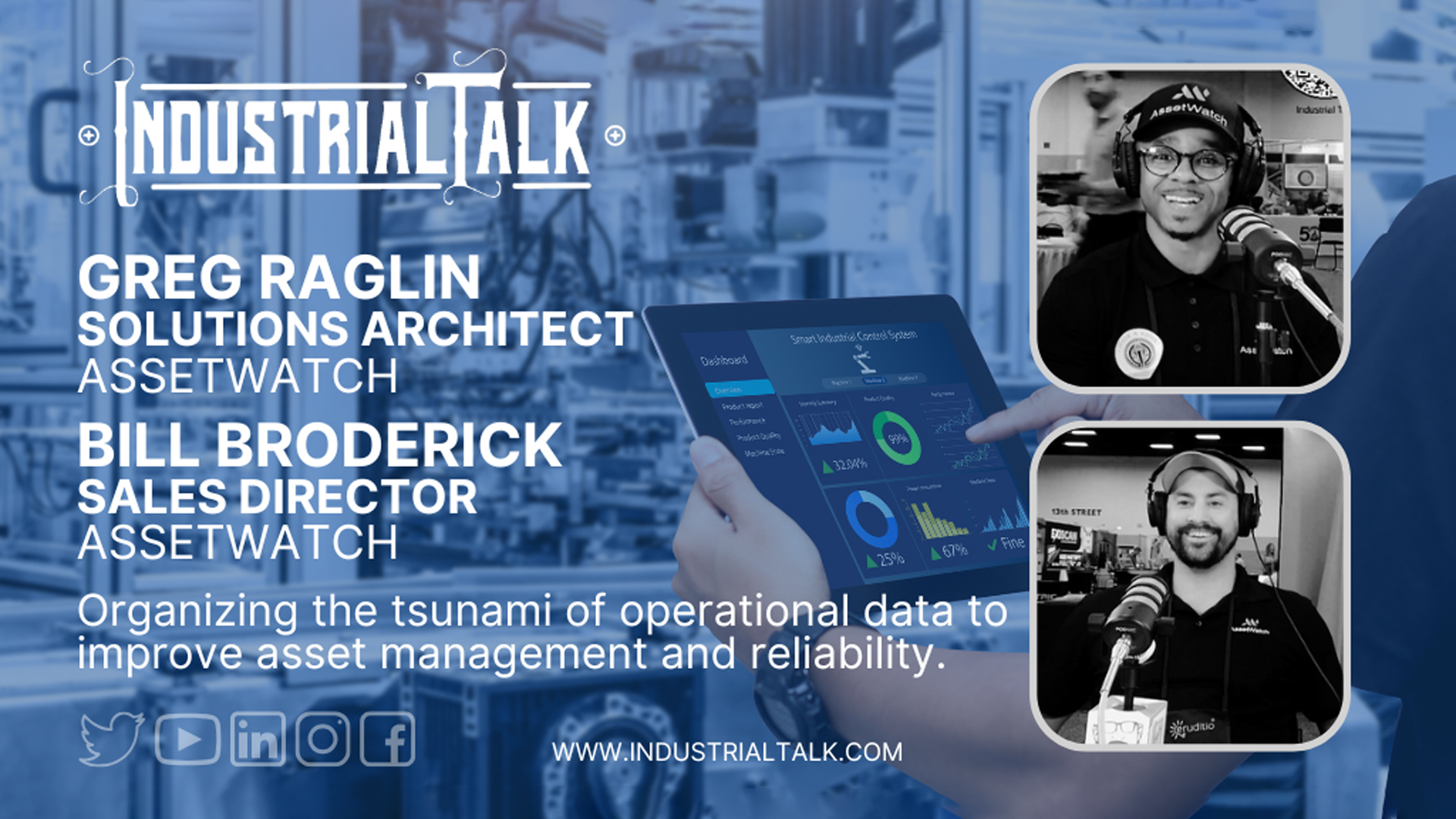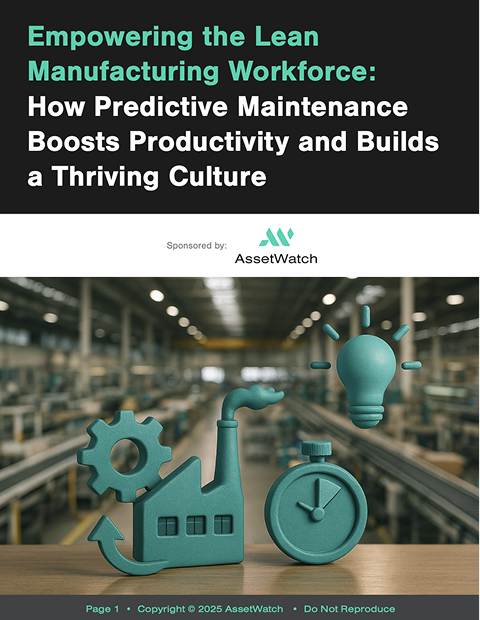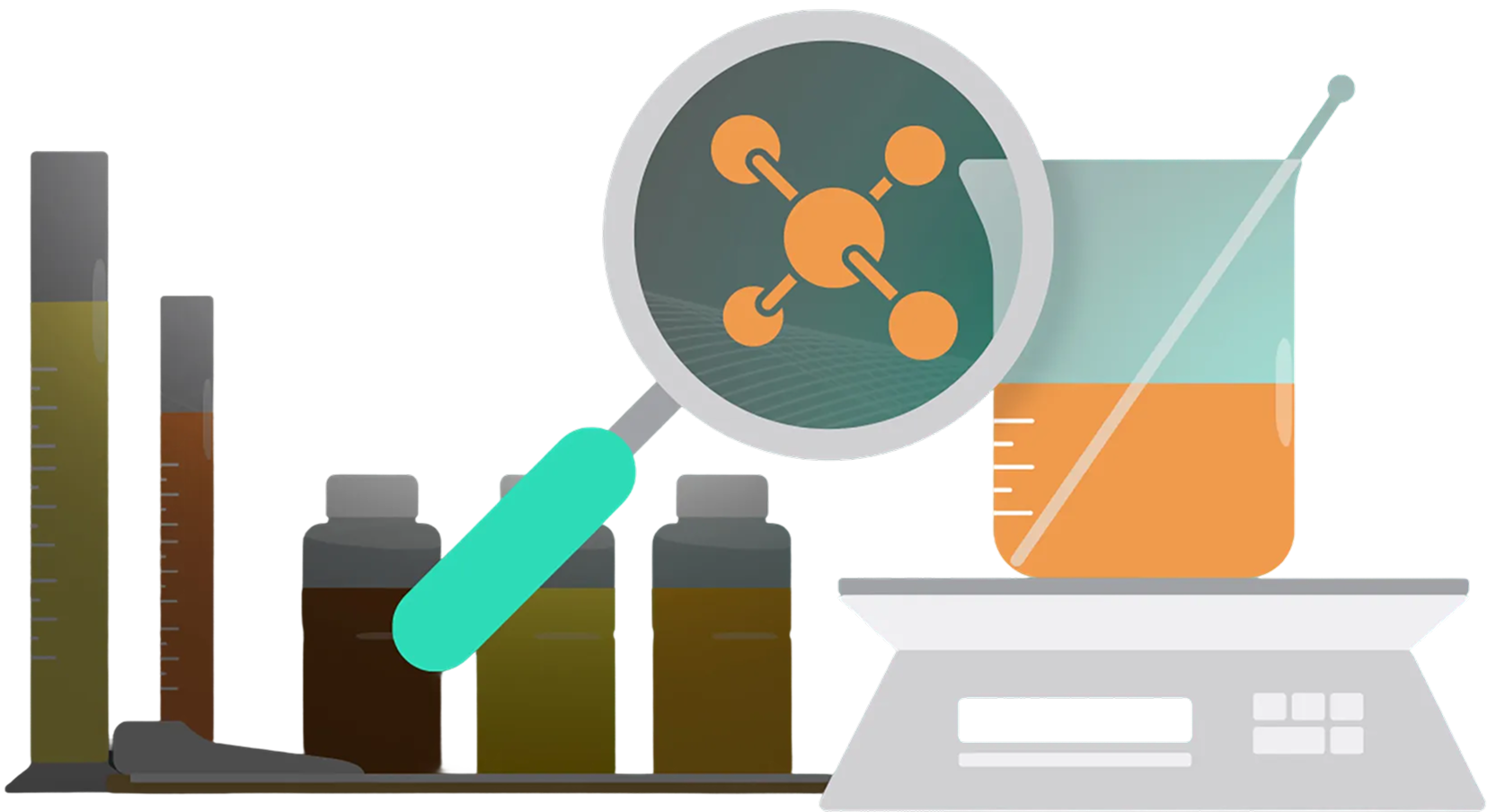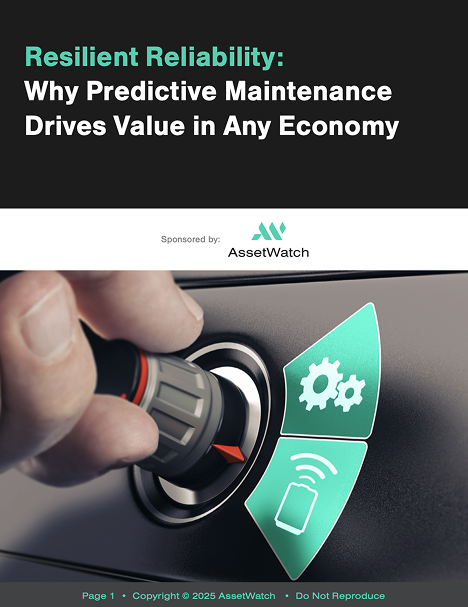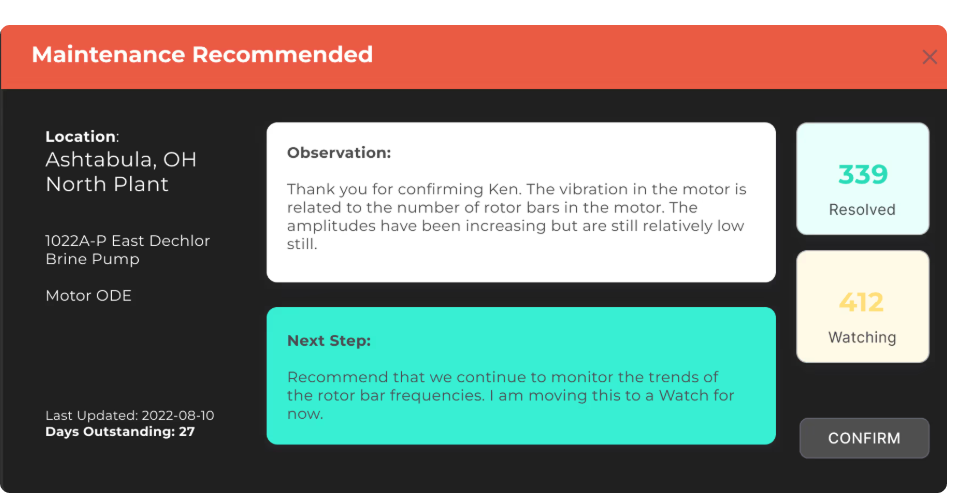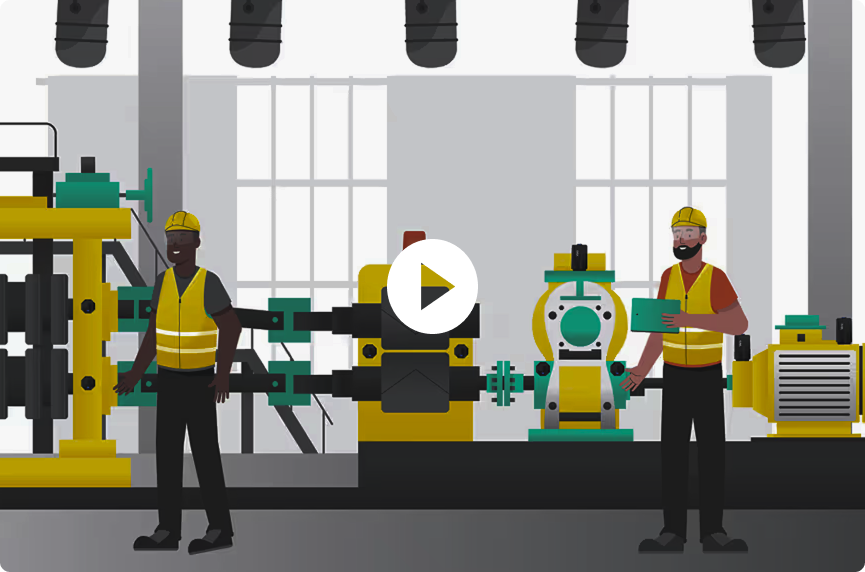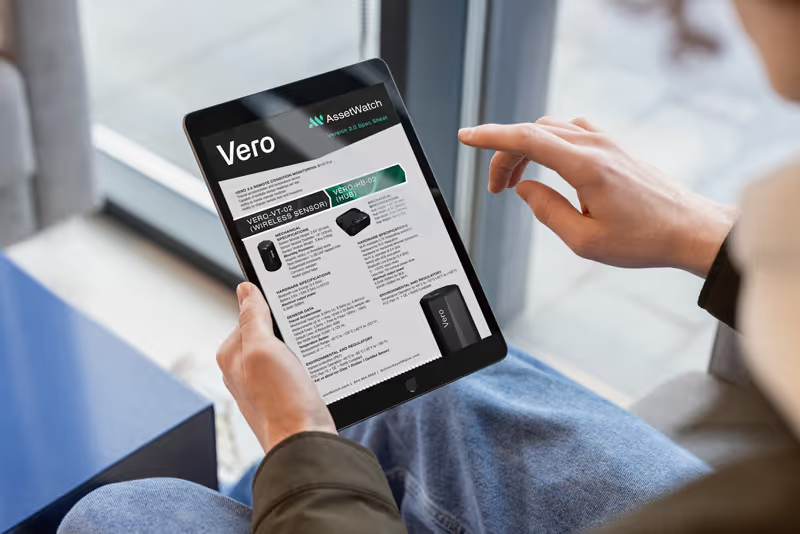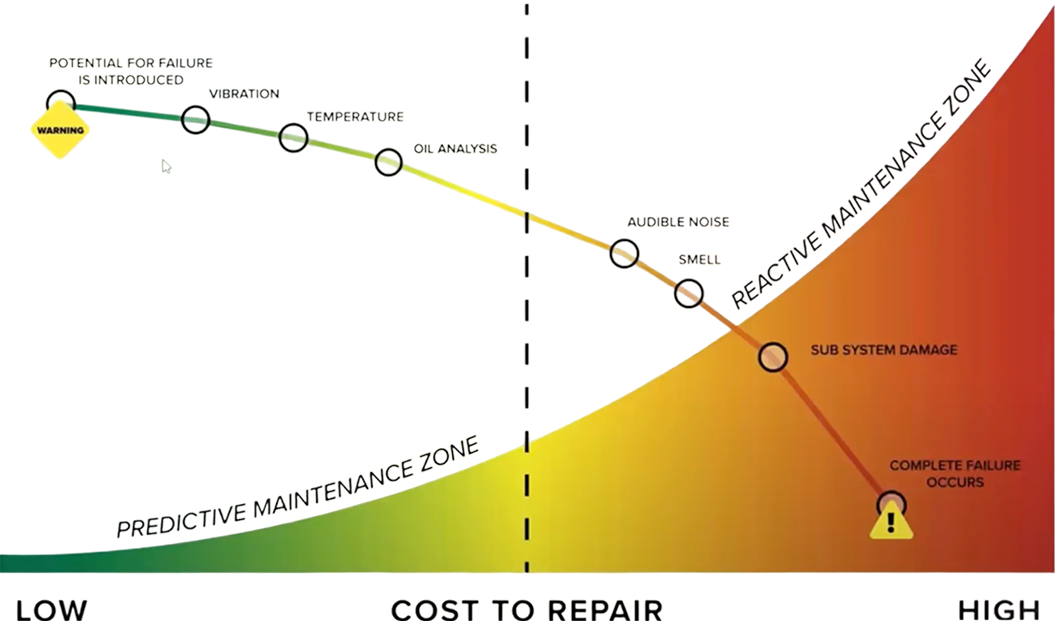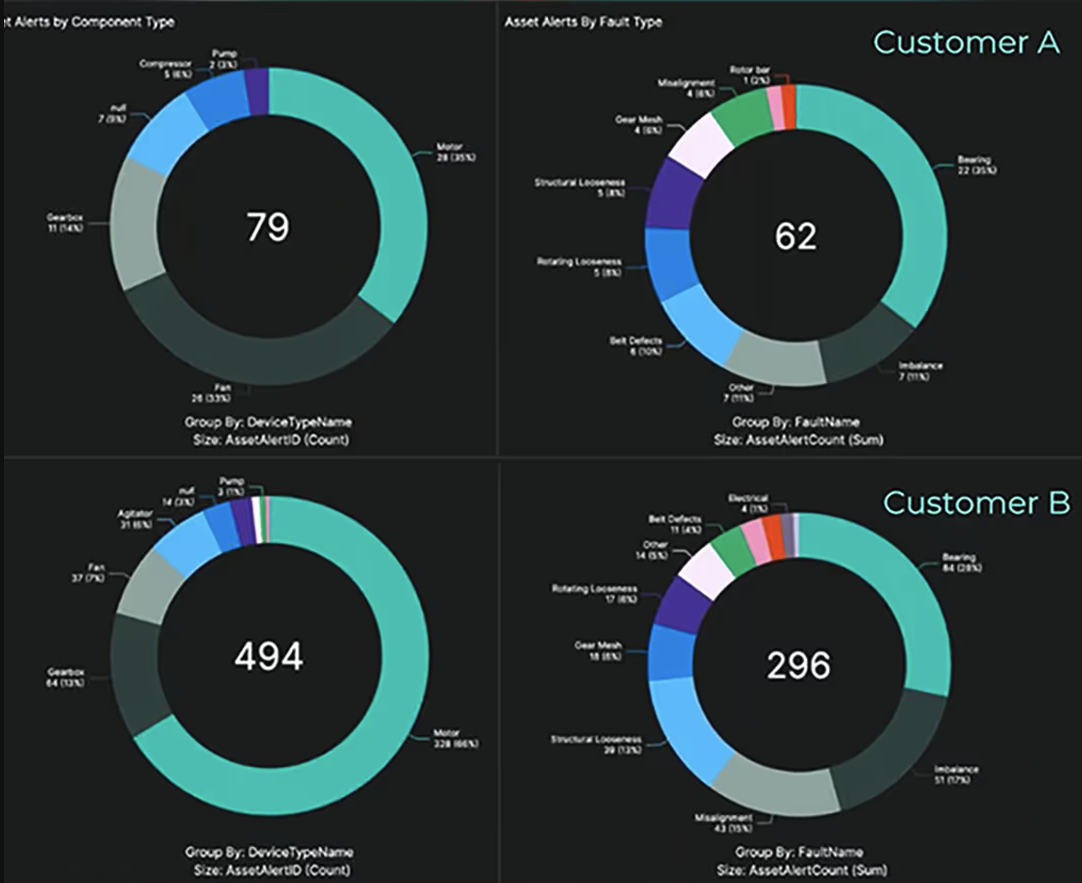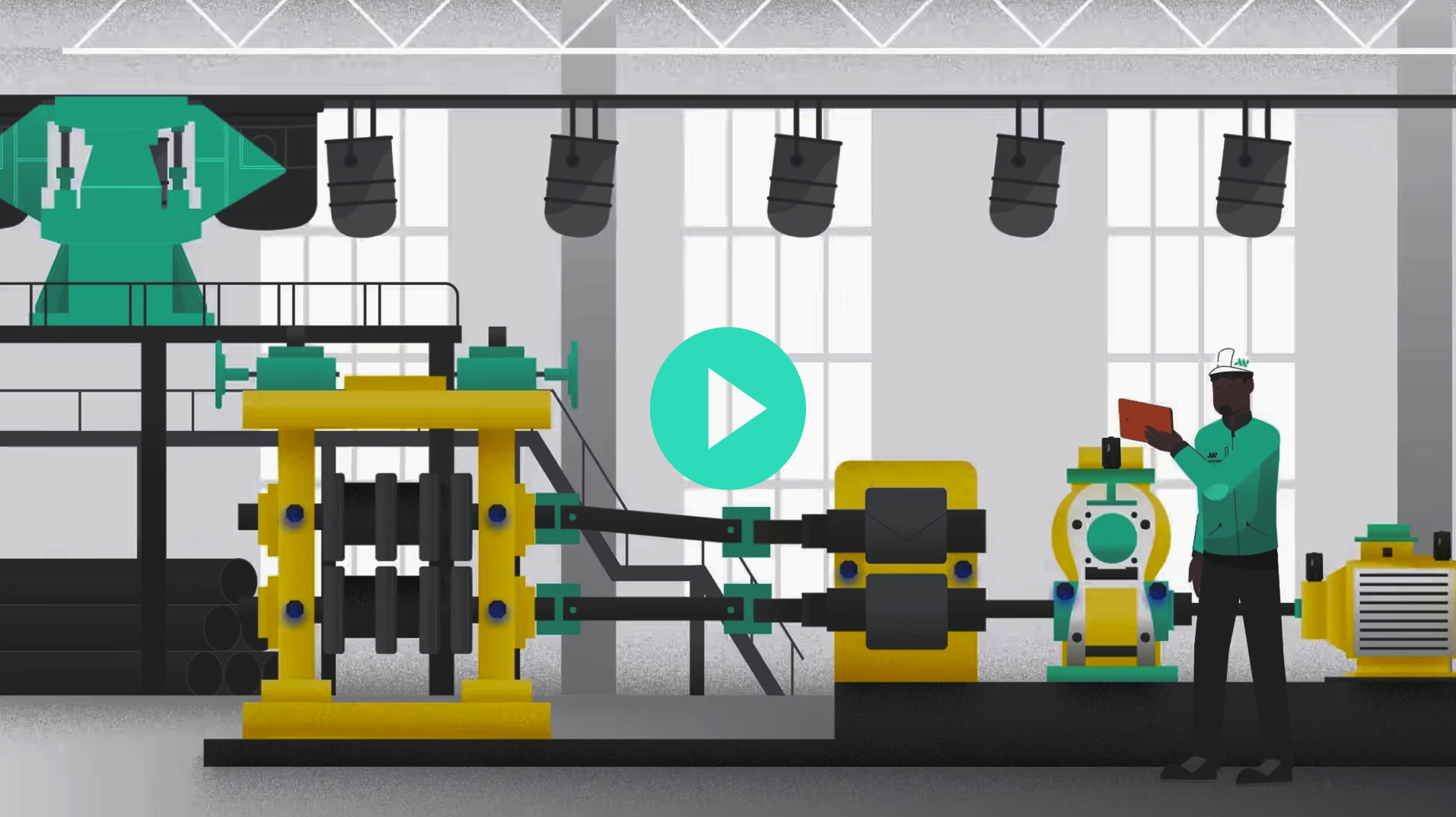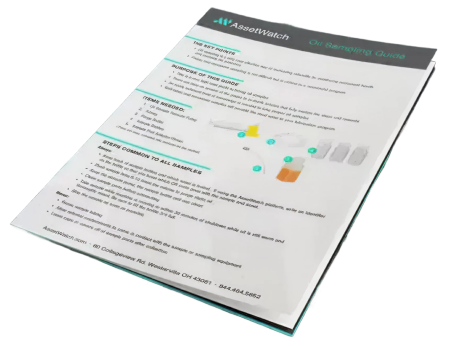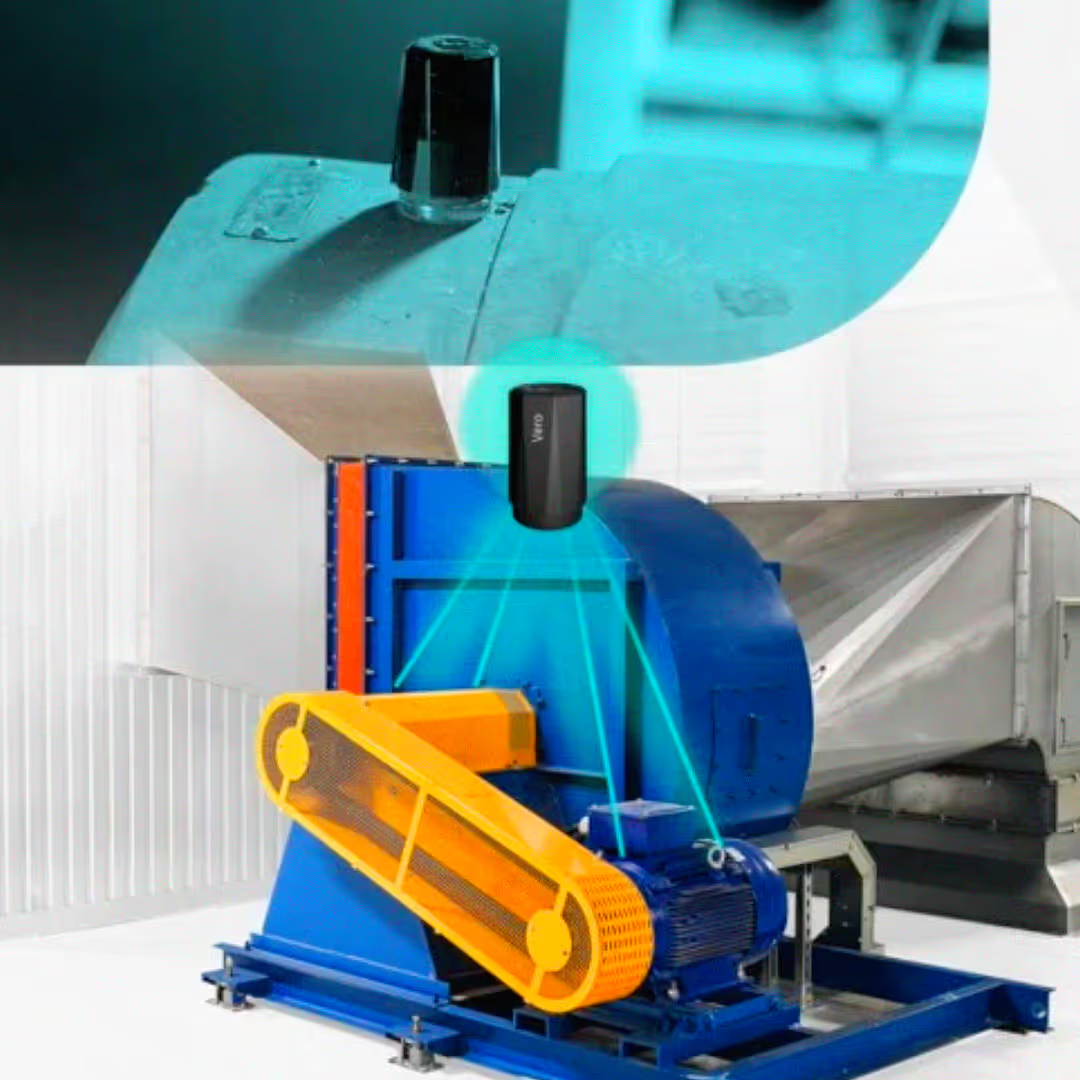If you’re leading a food or beverage operation today, you're navigating tough terrain. Between higher material costs, labor shortages, rising demand, and zero room for error on quality and compliance, doing more with what you already have is the only way forward.
Many manufacturers in the food and beverage industry are realizing that the next leap in productivity won’t come from more automation or bigger capital projects. Instead, it will come from understanding and improving how effectively their equipment performs every day.
Overall equipment effectiveness (OEE) is a window into your operation’s true potential. It reveals where performance is lost—in downtime, slow cycles, or quality issues—and how to reclaim that productive time to drive measurable business results.
In this post, we’ll break down what OEE really means for food and beverage leaders. We'll show you how to calculate and interpret OEE, how it connects to Total Productive Maintenance (TPM), and how real-time data can help you turn efficiency into a true competitive advantage.
What does OEE, Overall Equipment Effectiveness, Really Measure?
OEE measures how effectively your production equipment performs during planned production time. It’s not just a maintenance metric, but a clear, quantifiable view of your plant’s truly productive manufacturing time.
OEE is calculated using these three factors:
- Availability: Is the equipment running when it should be?
- Performance: Is it running at its maximum speed or slower than expected?
- Quality: How much of what’s produced meets your quality standards, versus ending up as waste or rework?
When multiplied together, these factors deliver an OEE score—a single, powerful performance metric that reflects total manufacturing productivity.
Your OEE score is a strategic indicator of equipment reliability, workforce efficiency, and financial performance. Improving OEE directly contributes to greater operational efficiency by reducing downtime, optimizing maintenance, and ensuring compliance. A small OEE improvement of even a few percentage points can translate to millions in added throughput and revenue every year.
With advanced condition monitoring, OEE becomes more than a retrospective report. Real-time asset health data reveals what’s happening now, giving leaders and teams a chance to act before downtime, defects, or speed losses cut into output.
How to Calculate OEE
If you want to understand and improve manufacturing efficiency, tracking OEE as a key performance indicator is essential. The OEE calculation is simple and straightforward once you understand what it represents. Here’s how it breaks down:
Availability = Run time / planned production time
Your availability score reflects how much time your equipment is actually running versus scheduled to run, accounting for unplanned downtime, changeovers, or planned maintenance. Planned stops such as scheduled preventive maintenance or changeovers, and unplanned stops such as equipment failures or material shortages, all contribute to availability losses.
Performance: Actual output / (theoretical maximum speed x runtime)
Your performance rate reveals slow cycles or speed losses that reduce your total output. This score is used to assess how well equipment is performing relative to its maximum possible speed.
Quality: Good count / total count
Your quality score reflects how many units meet quality standards versus scrap or rework. Multiplying good count by ideal cycle time is used to determine productive manufacturing time, a method especially relevant in discrete manufacturing environments. Process defects are a key source of quality losses that impact overall equipment effectiveness.
Use all three to calculate OEE: Availability x performance x quality
With OEE calculated and kept up-to-date, you can identify issues early and monitor process effectiveness. For example, if your line runs 85% of the time, at 90% of its max speed, and produces 95% good product, your OEE is roughly 73%. This means nearly a third of your potential productivity is lost to downtime, inefficiency, or defects.
Predictive maintenance processes can help you recover lost productivity. Through real-time vibration monitoring and comprehensive oil analysis, your maintenance teams can identify performance drift before it turns into manufacturing equipment failures—improving availability, maintaining optimal speed, and protecting quality.
OEE, TPM, and Continuous Improvement: Turning Insight into Action
OEE is one of the most effective tools for pinpointing where your processes deviate from “world class.” But tracking OEE alone won’t make your operation leaner. True improvement comes from what you do with the data.
The OEE-TPM connection
Leading manufacturers use OEE and TPM as a shared language across maintenance, production, and leadership. It bridges the gap between daily operations and executive objectives, aligning everyone on measurable performance targets. While OEE measures equipment effectiveness, a modern maintenance strategy like TPM provides the structured approach for improving OEE.
Together, OEE and TPM form the foundation of a proactive, data-driven improvement culture. Your maintenance teams and operators will be able to identify, prevent, and eliminate losses at the source. In a lean manufacturing environment under constant pressure, these capabilities are essential for driving ongoing improvements.
How predictive insights support continuous improvement
Many production plants face roadblocks in their quest to optimize OEE. The biggest include disconnected data systems, manual reporting, and lagging metrics that arrive after the shift ends. By then, it’s too late to make adjustments.
If your equipment maintenance practices are built on automated data collection, predictive analytics, and timely prescriptive insights from a condition monitoring engineer (CME), your teams can see how equipment availability, performance, and quality shift in real time. They'll have the visibility they need to prevent major losses and keep production lines running while continually improving OEE and a wide range of KPIs.
Resistance to digital transformation can stall adoption and limit ROI. What's the best way to get your stakeholders on board? Our recent white paper From Resistance to Resilience: Overcoming Cultural Barriers to Digital Transformation in Manufacturing explains how you can score buy-in easily and achieve results fast. 👉 Download your copy today.
From Guesswork to Precision: Using Real-Time Data to Optimize Production
Traditional OEE reporting tells you what happened. Predictive maintenance tells you what’s happening now and what’s about to happen next.
Having a real-time view of asset health is transformative, beginning on the plant floor. Maintenance personnel can drive progress easily, with fewer resources and in less time. Your teams will be able to:
- Detect performance issues early, like subtle changes in vibration that signal anomalies and faults
- Ensure they're focusing on the right assets at the right time
- Reduce equipment downtime and prevent equipment breakdowns to maintain high levels of productivity
- Increase equipment utilization and maintain consistent maximum speed without risking product quality or equipment wear
- Continuously optimize production processes to reduce waste and improve uptime
Instead of firefighting after an unplanned stop, your teams can operate proactively with the confidence that every action they take is backed by live, accurate data. Free from the chaos of unplanned downtime, they can identify bottlenecks in the manufacturing process as well as opportunities for improvement.
The Executive View: Making OEE a Strategic KPI
For corporate leaders, OEE belongs on the same dashboard as cost of goods sold, yield, and customer fill rate. That's because it links directly to all three.
Higher OEE means higher equipment availability, better performance, and fewer quality losses, all of which protect margin and reduce risk. It’s one of the few KPIs that captures both operational and financial health in a single number.
Ensuring OEE data accuracy is critical. It's important to understand that the maximum speed specified by the machine manufacturer may not always reflect the true operational or physical limits of your equipment. Relying solely on these technical data can lead to unrealistic OEE values, so it’s important to use realistic maximum speed values based on physical limits or historical performance data.
With enterprise-wide visibility via real-time vibration monitoring, you can:
- Compare OEE improvement trends across plants or lines so you can identify areas with low OEE to prioritize improvement initiatives and address performance gaps
- Quantify downtime costs and measure ROI on maintenance investments
- Track improvement initiatives in real time
It's important to ask “what went wrong?”, but the real value lies in knowing what’s working and where to invest next. By integrating OEE and TPM principles with predictive monitoring, you can turn maintenance from a cost center into a driver of operational excellence.
Stop Guessing, Start Gaining
OEE reflects how efficiently your production assets create value. It's a simple formula, but it carries heavy weight.
When powered by predictive insights, OEE becomes a strategic advantage. You can use it to reduce downtime, extend asset life, and increase throughput without compromising quality or safety—building a culture of continuous improvement and strengthening operational resilience along the way.
It’s time to move from reactive maintenance and delayed metrics to proactive performance management that drives measurable business value. With zero CapEx and solid, dedicated expert support helping guide and empower your facility teams, implementing and scaling a predictive maintenance program has never been easier.
Connect with AssetWatch at the American Food Manufacturing Summit
Ready to uncover hidden losses and drive up OEE? Connect with us at the American Food Manufacturing Summit 2025. We'll show you how leading food and beverage manufacturers are using condition monitoring and predictive maintenance technology to gain real-time visibility, eliminate waste, and achieve world-class OEE.
👉 Connect with our team and schedule your demo here: AssetWatch at AFMS

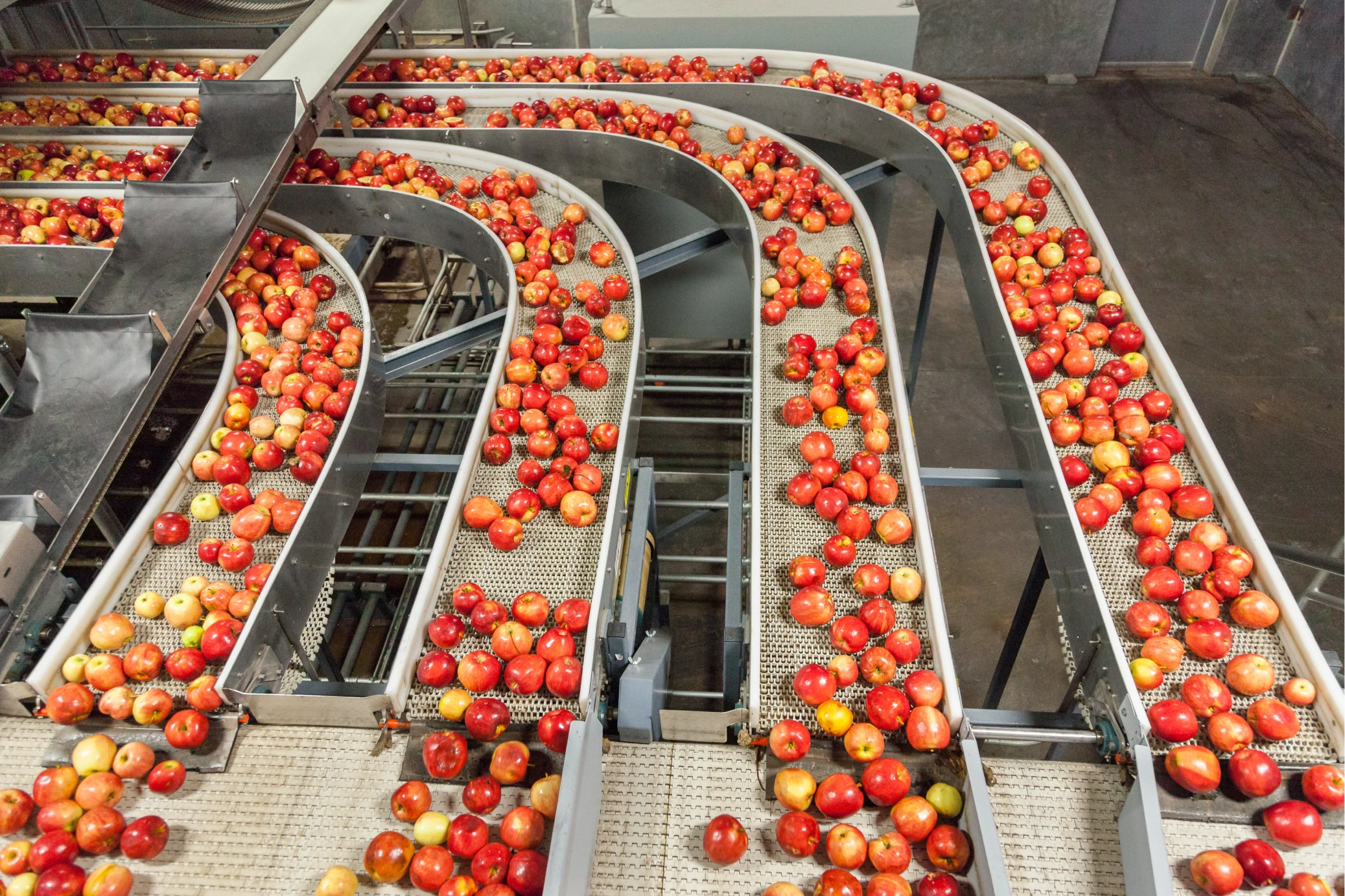

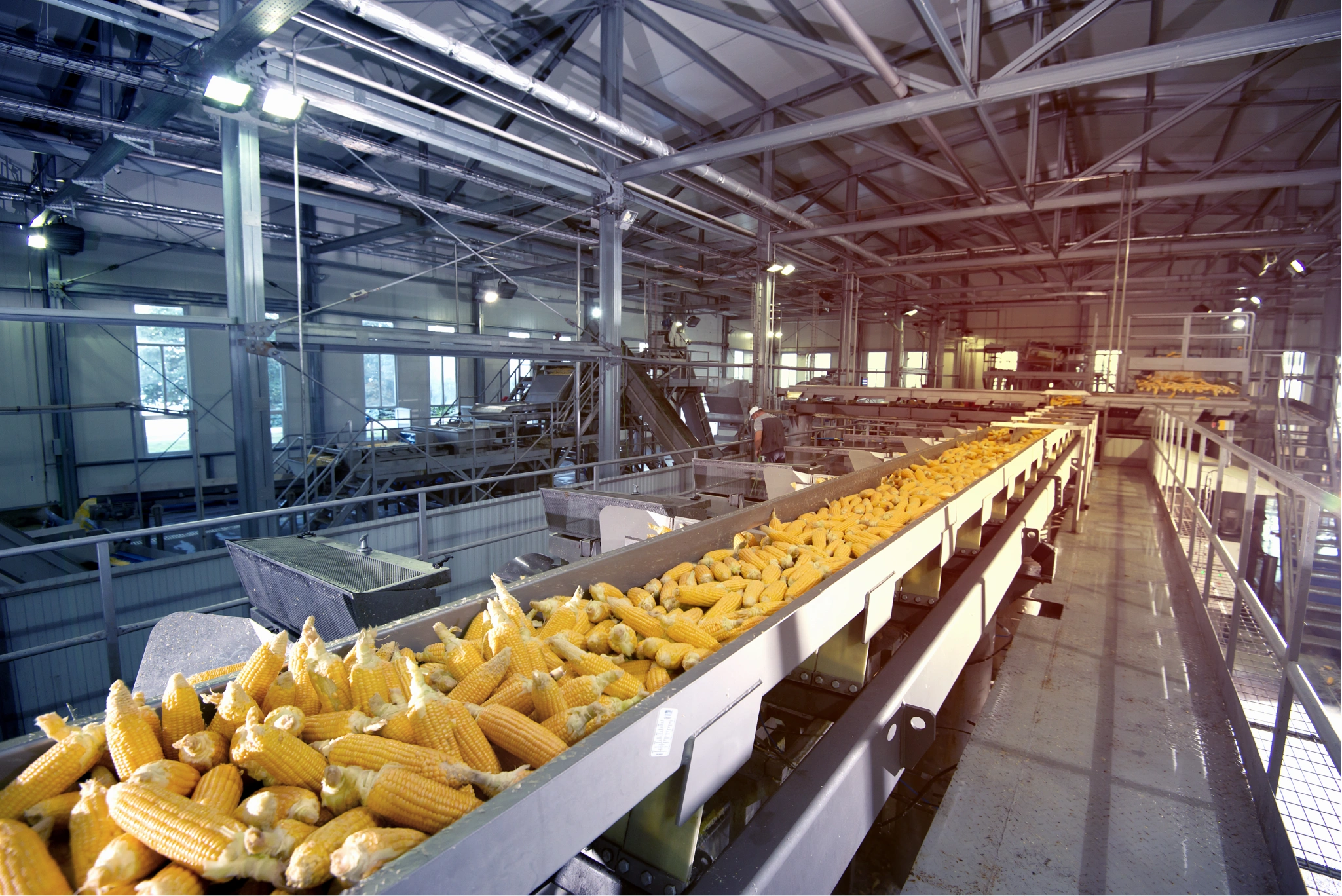




.png)
.png)
.png)

.png)

